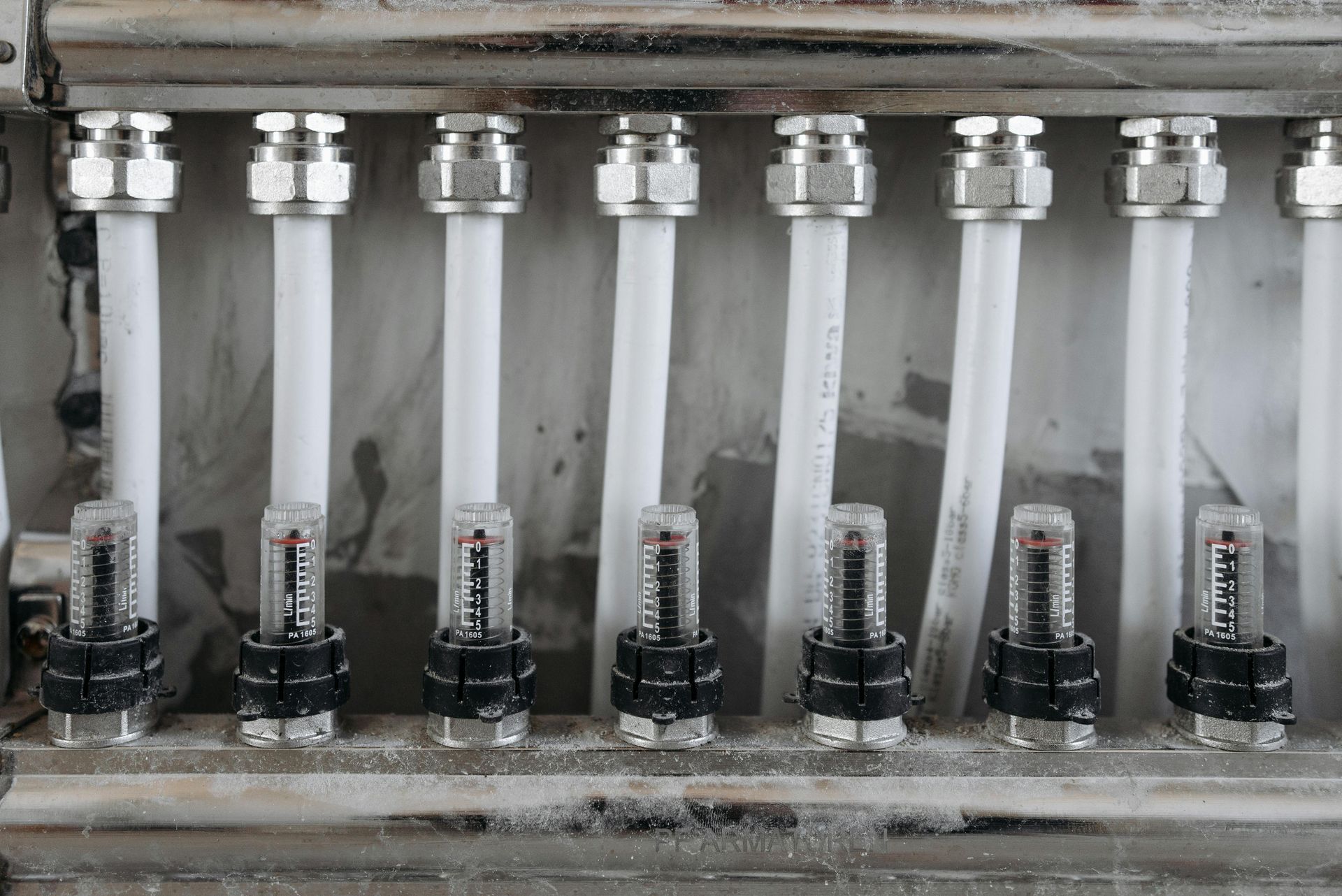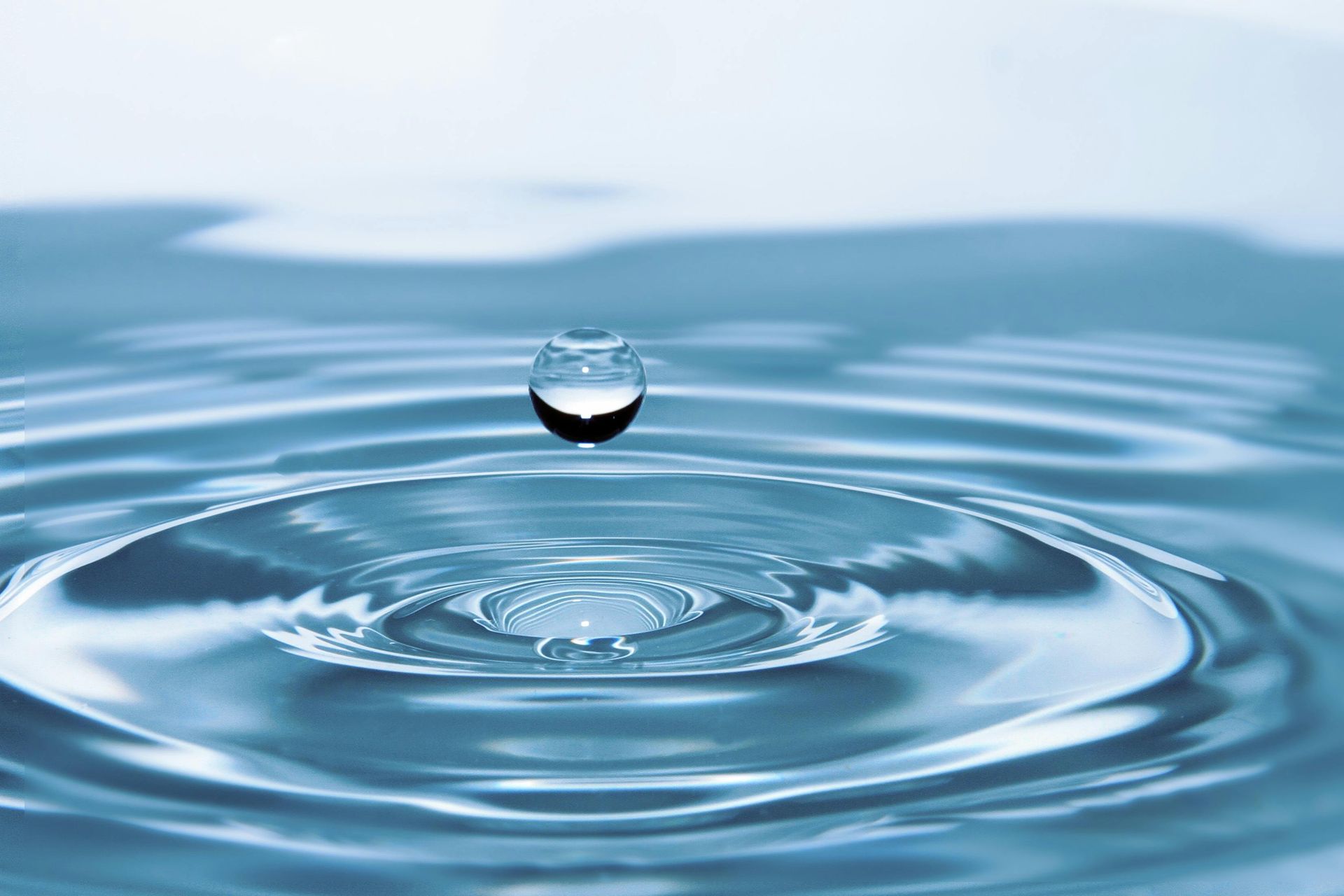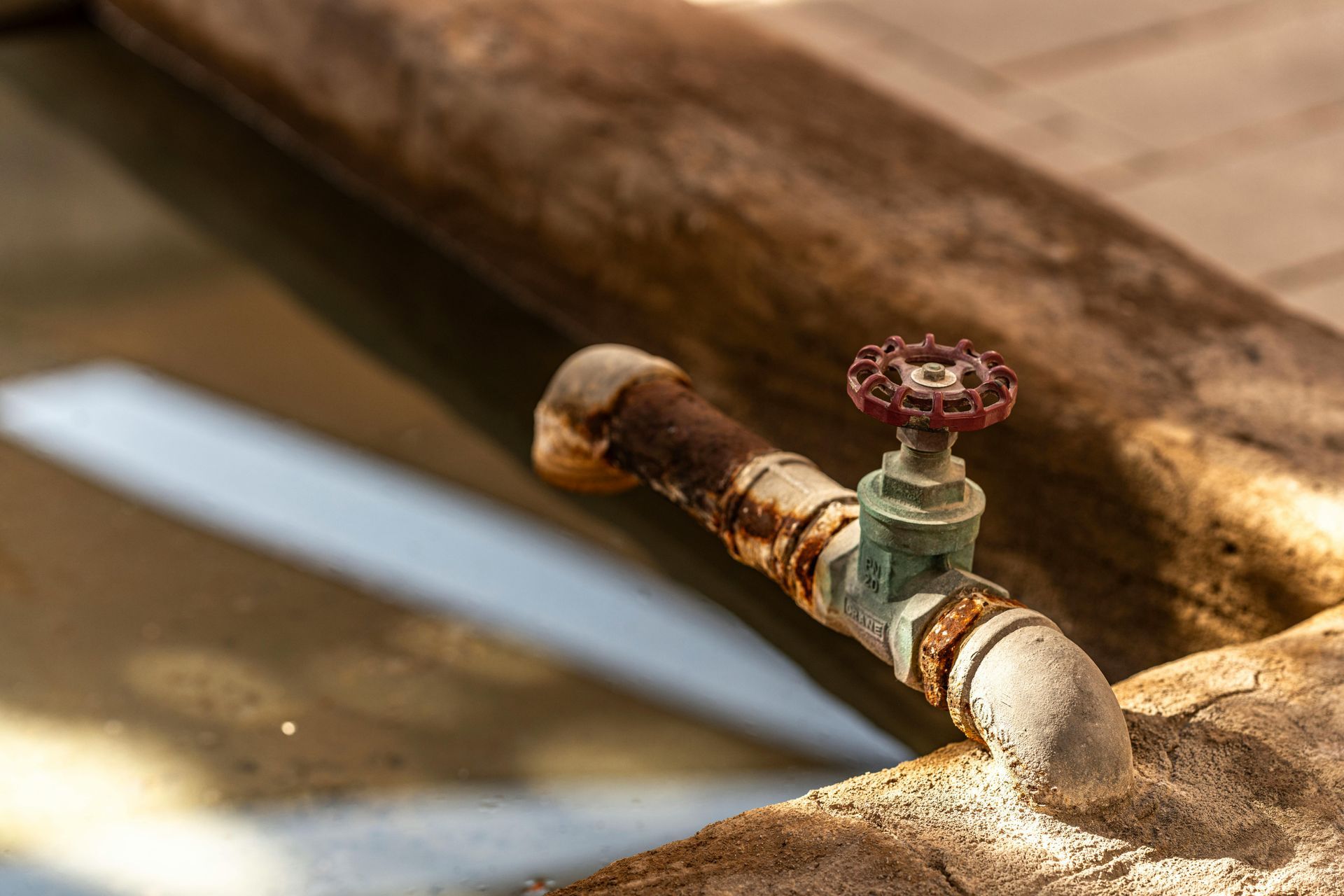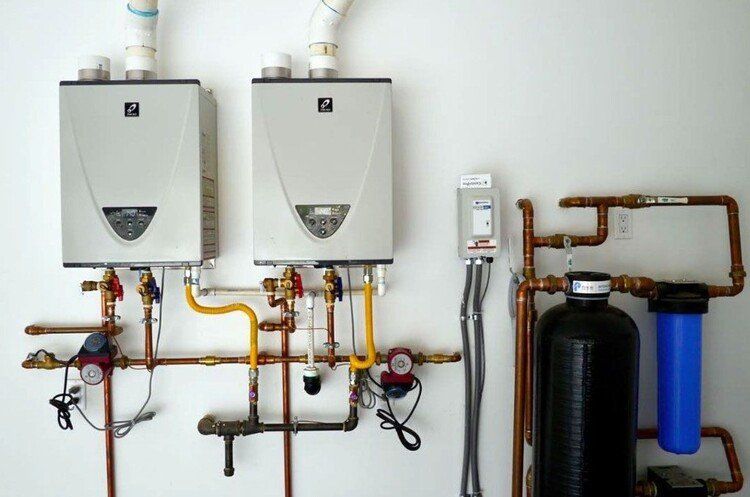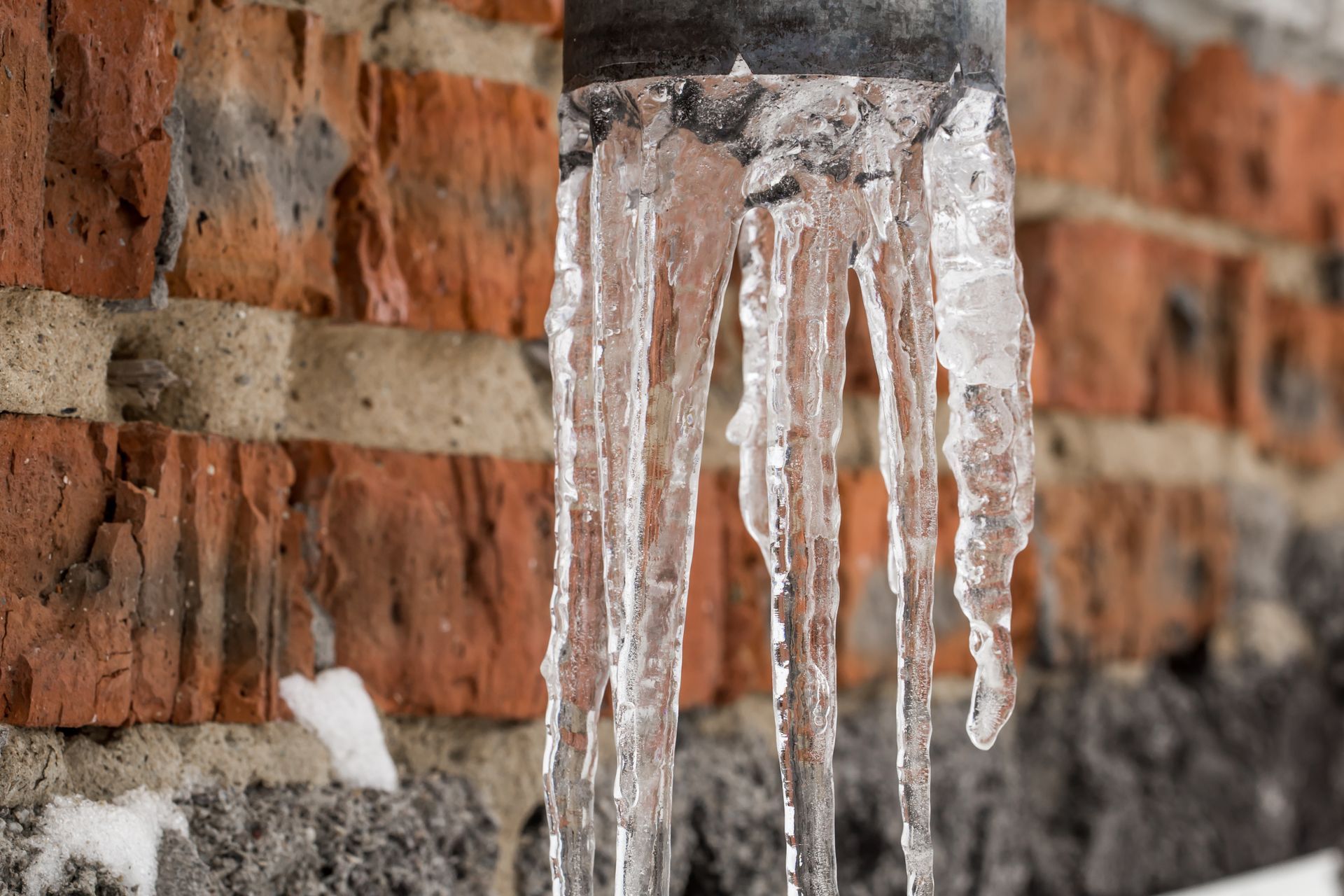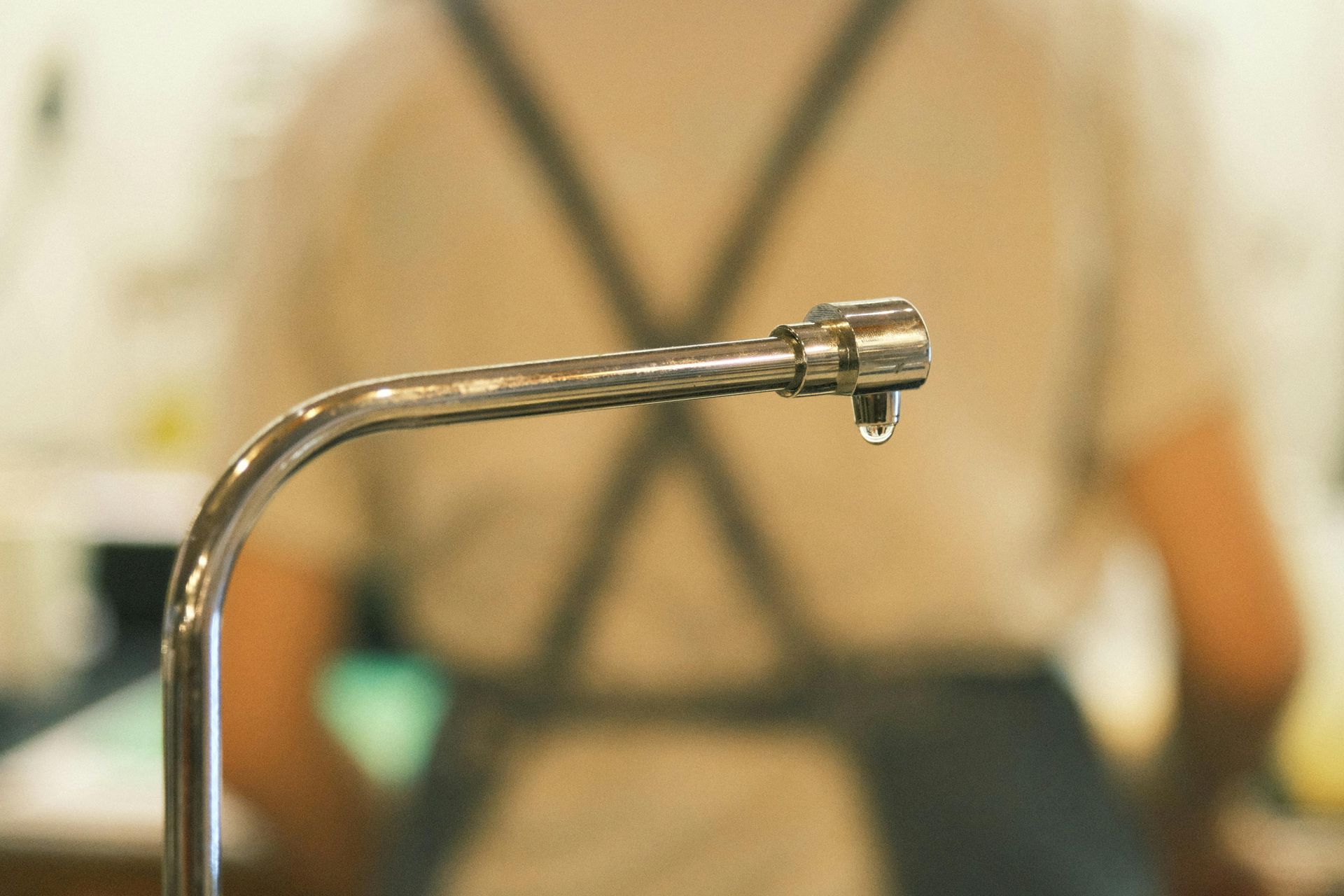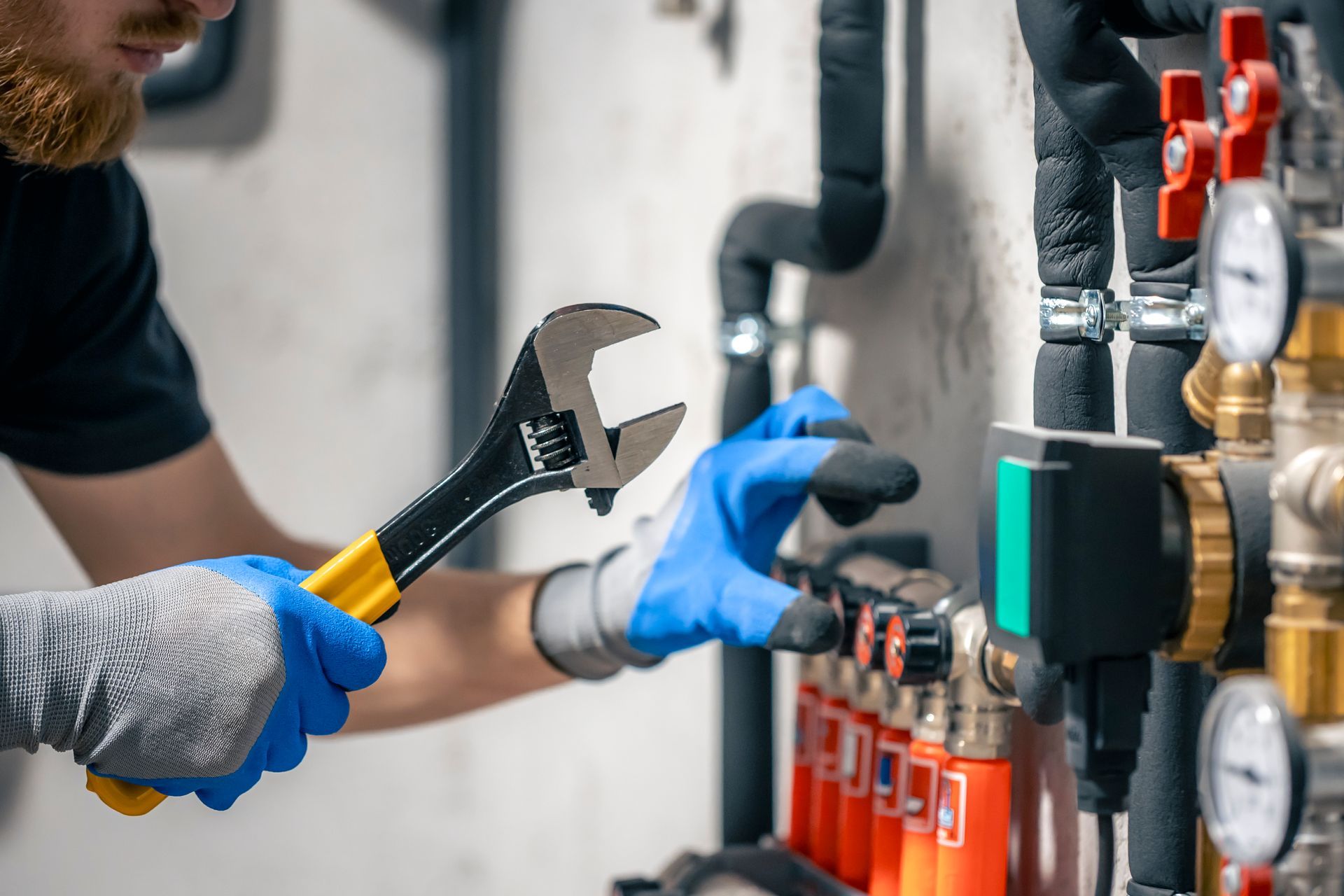How to Clean Your Washing Machine’s Drain Pump Filter?
Keeping your washing machine running smoothly is essential for maintaining the hygiene and efficiency of your laundry routine. One key maintenance task that can often be overlooked is cleaning the washing machine’s drain pump filter. Over time, lint, coins, hair, and other debris accumulate in this filter, which can impede water drainage, cause strange noises, or lead to malfunctions. In this comprehensive guide, we will explore how to properly clean your washing machine’s drain pump filter, incorporating professional advice from All City Plumbers and considerations around related plumbing tasks such as how to fix a leaky dishwasher connection and when to call for emergency services.
Understanding the Drain Pump Filter and Its Role
The drain pump filter is installed in most front-load and some top-load washing machines to catch unwanted debris before it reaches the drain pump. Its primary role is to protect the pump from damage caused by foreign objects such as coins, buttons, hairpins, and lint—all of which can clog or impair pump operation.
When this filter becomes clogged, your washing machine may:
- Not drain water efficiently, leaving clothes soaking wet.
- Make unusual noises during the drain phase.
- Run longer cycles than usual or fail to complete cycles.
- In severe cases, cause water leaks or mechanical damage.
Regular cleaning of this filter prevents these issues and contributes to the longevity of your washing machine. It can also prevent downstream plumbing problems, reducing the need to rely on emergency plumbing services.
Preparing for Cleaning: What You Will Need
Before starting the cleaning procedure, gather a few supplies:
- A towel or rag to soak up any spilled water.
- A shallow container or bucket to catch water drained from the filter.
- A soft brush (an old toothbrush works well) for scrubbing the filter.
- Gloves for hygiene and protection.
- Optional: a coin or flat tool to open the filter access panel (depending on your machine).
Make sure to unplug the washing machine from the electrical outlet to avoid any risk of electrical shock—a crucial safety step emphasized by All City Plumbers in all appliance repairs.
Step-by-Step Process to Clean the Drain Pump Filter
Step 1: Locate the Filter Access Panel
For most front-load washing machines, the drain pump filter is located behind a small access door or panel at the lower front side of the machine. Gently open this panel. Some models have a clip or screw fastener, whereas others simply snap open.
In some top-load machines, the drain pump filter might be accessible by removing the back or front panel. Refer to your washing machine’s user manual for exact location and instructions.
Step 2: Prepare for Water Drainage
Inside the access panel, you’ll usually find a small emergency drain hose beside the filter. Place your shallow container under this hose, then carefully remove the hose’s cap to let water flow out. This step prevents water from spilling onto your floor when you remove the filter.
Allow all residual water to drain completely before proceeding.
Step 3: Remove and Inspect the Filter
Rotate the drain pump filter counterclockwise to unscrew it and carefully pull it out. Be aware that some water may still escape, so keep your towel or rag handy.
Inspect the filter for accumulated lint, coins, buttons, hair, or foreign debris. Also, check the filter housing inside the machine for any trapped objects.
Step 4: Clean the Filter Thoroughly
Using your soft brush and running water, scrub the filter to remove all dirt and buildup. Ensure the internal pump impeller (the propeller-like part inside the filter) is free to move and not obstructed by debris.
Cleaning this filter regularly helps avoid drain blockages and malfunction, akin to the preventative importance of proper drain clearing emphasized by plumbing experts.
Step 5: Reinstall the Filter Properly
Once clean and dry, reinsert the filter into its housing and turn it clockwise to lock it tightly in place. Reattach the emergency drain hose cap and secure the access panel door.
Try flushing a small amount of water into the machine to check for leaks around the filter area before closing everything up.
Step 6: Restore Power and Test
Plug your washing machine back in and run a short spin or drain cycle to observe whether water is draining correctly and the machine is operating quietly.
Additional Tips and Maintenance Advice
- Frequency of cleaning: For optimal performance, clean the drain pump filter roughly every 3 to 6 months, or more often if you frequently wash heavily soiled clothes.
- What to avoid: Do not use harsh chemicals or abrasive tools on the filter, as these can damage the mesh or the impeller.
- Preventing future clogs: Remove any large lint balls and check pockets for coins or other materials before washing clothes.
Regular maintenance of your washing machine helps avoid emergencies. This is important because plumbing issues related to drainage, if neglected, may escalate and require emergency services or professional plumbing intervention, such as the kind provided by All City Plumbers—especially in more complex cases like when you need to fix a leaky dishwasher connection or address a water pump malfunction.
When to Call Professionals or Emergency Services
While cleaning the drain pump filter is generally straightforward, there are situations when professional assistance is necessary:
- If water leakage persists despite cleaning the filter.
- If the washing machine clogs frequently or does not drain at all.
- If you notice strange noises which may indicate pump damage.
- If you’re uncomfortable accessing or cleaning the filter yourself.
Professional plumbers, including emergency services experts at All City Plumbers, have the experience and proper tools to diagnose and fix advanced drainage issues safely. Avoid trying to force parts or attempt complicated repairs that may void your appliance warranty or cause injury.
Conclusion
Cleaning your washing machine’s drain pump filter is a crucial maintenance step to ensure your appliance drains properly, runs efficiently, and stays free from unpleasant odours or mechanical troubles. By following the careful, step-by-step method outlined above and scheduling regular cleaning, you can significantly extend the life of your washing machine and avoid plumbing emergencies.
Maintaining awareness of related tasks—such as how to fix a leaky dishwasher connection, drain clearing, and the timely use of emergency plumbing services—helps keep your entire household plumbing system running smoothly. For those who prefer expert help or face persistent problems, trusted professionals like All City Plumbers are available to provide top-tier service and peace of mind.
If you apply these guidelines professionally and consistently, you will enjoy reliable laundry cycles and avoid costly repairs for years to come.

